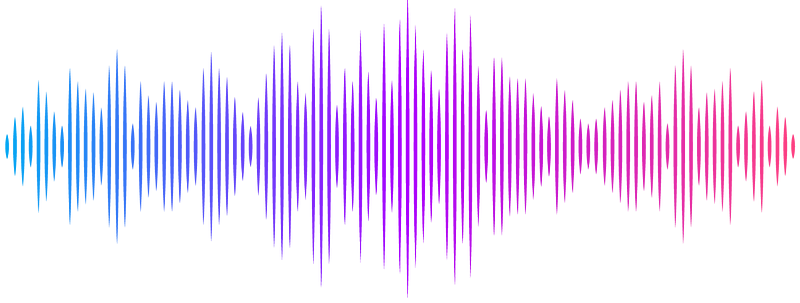Joint and tissue mechanics in post-traumatic osteoarthritis: insights from the rat model

Joint and tissue mechanics in post-traumatic osteoarthritis: insights from the rat model
Piet, J.; Elahi, S. A.; Esrafilian, A.; Mielke, F.; Van Nuffel, M.; Orozco, G. A.; Vancleef, S.; Lories, R.; Korhonen, R. K.; Aerts, P.; Van Wassenbergh, S.; Jonkers, I.
AbstractObjective: Altered mechanical loading is a known risk factor for osteoarthritis. Destabilization of the medial meniscus (DMM) is a preclinical gold standard model for post-traumatic osteoarthritis and is thought to induce instability and locally increased loading. However, the joint- and tissue-level mechanical environment underlying cartilage degeneration remains poorly documented. Design: Using a custom multiscale modeling approach, we assessed joint and tissue biomechanics in rats undergoing sham surgery and DMM. High-fidelity experimental gait data were collected in a setup combining biplanar fluoroscopy and a ground reaction force plate. Knee poses and joint-level loading were estimated through musculoskeletal modeling, using bony landmarks, semi-automatically tracked via deep learning on fluoroscopic images, and ground reaction forces. A musculoskeletal model of the rat hindlimb was adapted to represent knee flexion-extension, valgus-varus, and internal-external rotation. The tissue-level cartilage mechanical environment was then spatially estimated, using the musculoskeletal modeling parameters as inputs into a dedicated finite element (FE) model of the rat knee, comprising cartilage and meniscal tissues. Experimental gait data and modeling workflows, including musculoskeletal models and FE meshes, are openly shared through a data repository. Results: In rats with DMM, the frontal plane knee pose was altered, yet there was no indication of joint-level overloading. Tissue-level mechanical cues typically linked with cartilage degeneration were not increased in the medial tibial cartilage, despite evidence of tissue structural changes. Conclusion: DMM did not increase joint and tissue mechanical responses in the knee medial compartment, suggesting that mechanical loading alone does not explain the observed osteoarthritis-like structural changes.


